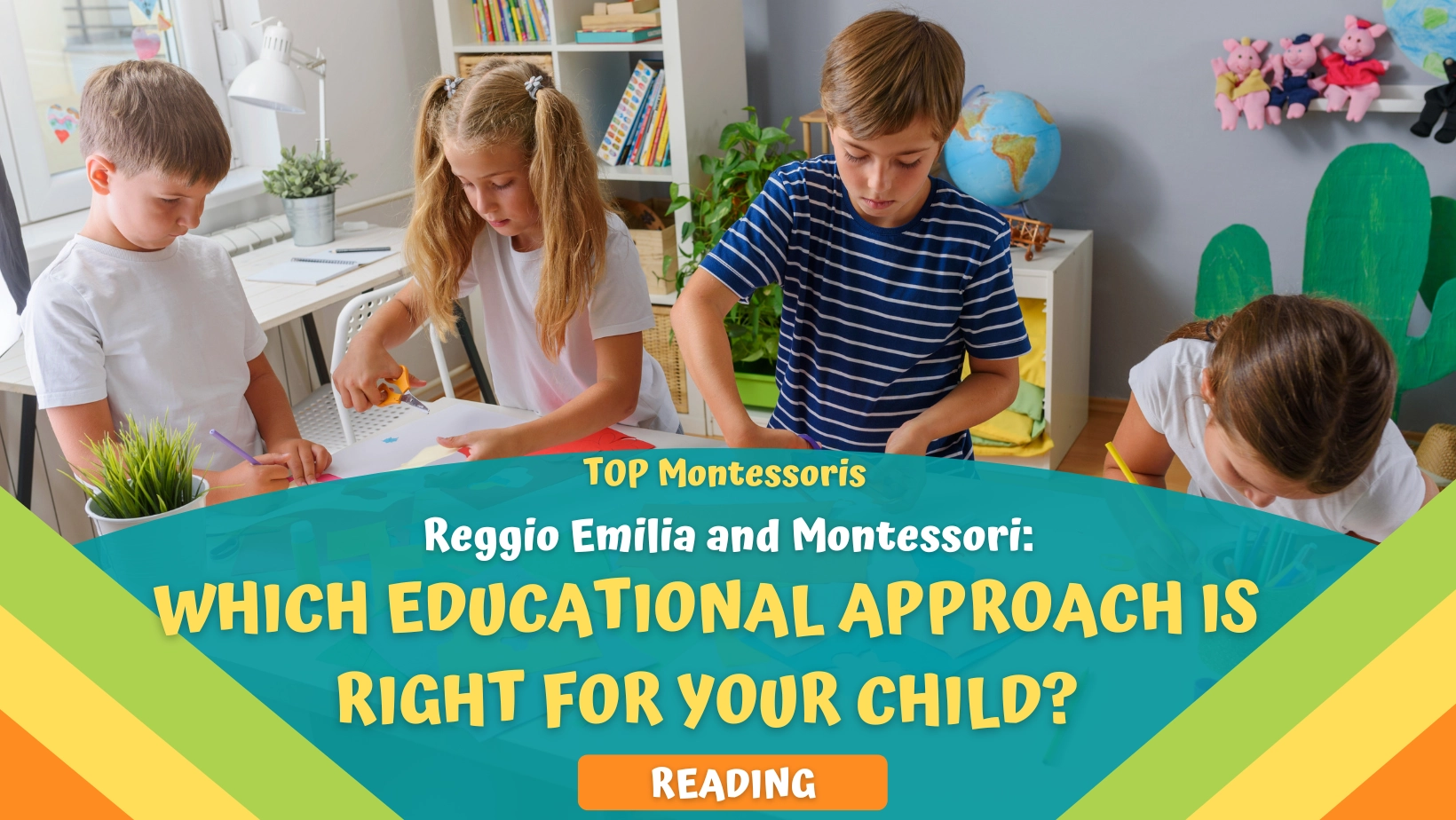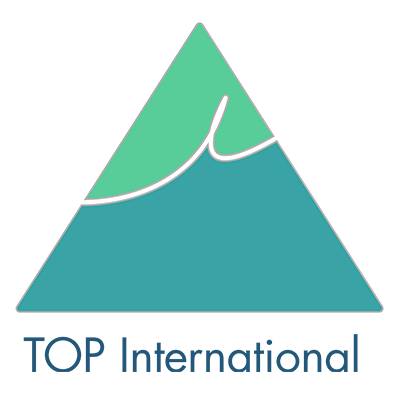Choosing the right educational approach for your child is a pivotal decision that influences their learning journey and development. In the landscape of early childhood education, two philosophies stand out for their innovative practices and child-centered philosophies: Reggio Emilia and Montessori. Both approaches offer unique environments that nurture children’s natural curiosity and love for learning. But how do you determine which method aligns best with your child’s individual needs, personality, and learning style? This article aims to unravel the core principles, philosophies, and methodologies behind the Reggio Emilia and Montessori approaches, providing you with the insights needed to make an informed decision.
Deciding between Reggio Emilia and Montessori involves delving into their distinct characteristics, teaching methods, and educational outcomes. Reggio Emilia, known for its emphasis on creativity, collaboration, and hands-on exploration, encourages children to engage actively in their education through project-based learning. Meanwhile, the Montessori method prioritizes independence, self-paced learning, and self-discovery within a structured environment equipped with specialized materials. By comparing these approaches side by side, this article will illuminate their differences and similarities, guiding you toward choosing the most suitable educational path for your child.
Embarking on this exploration will help you understand not just the theoretical underpinnings of each approach, but also their practical implications for your child’s day-to-day learning experiences. Let’s dive deeper into the Reggio Emilia and Montessori worlds, uncovering which might offer the ideal setting for your child’s educational journey and personal growth.
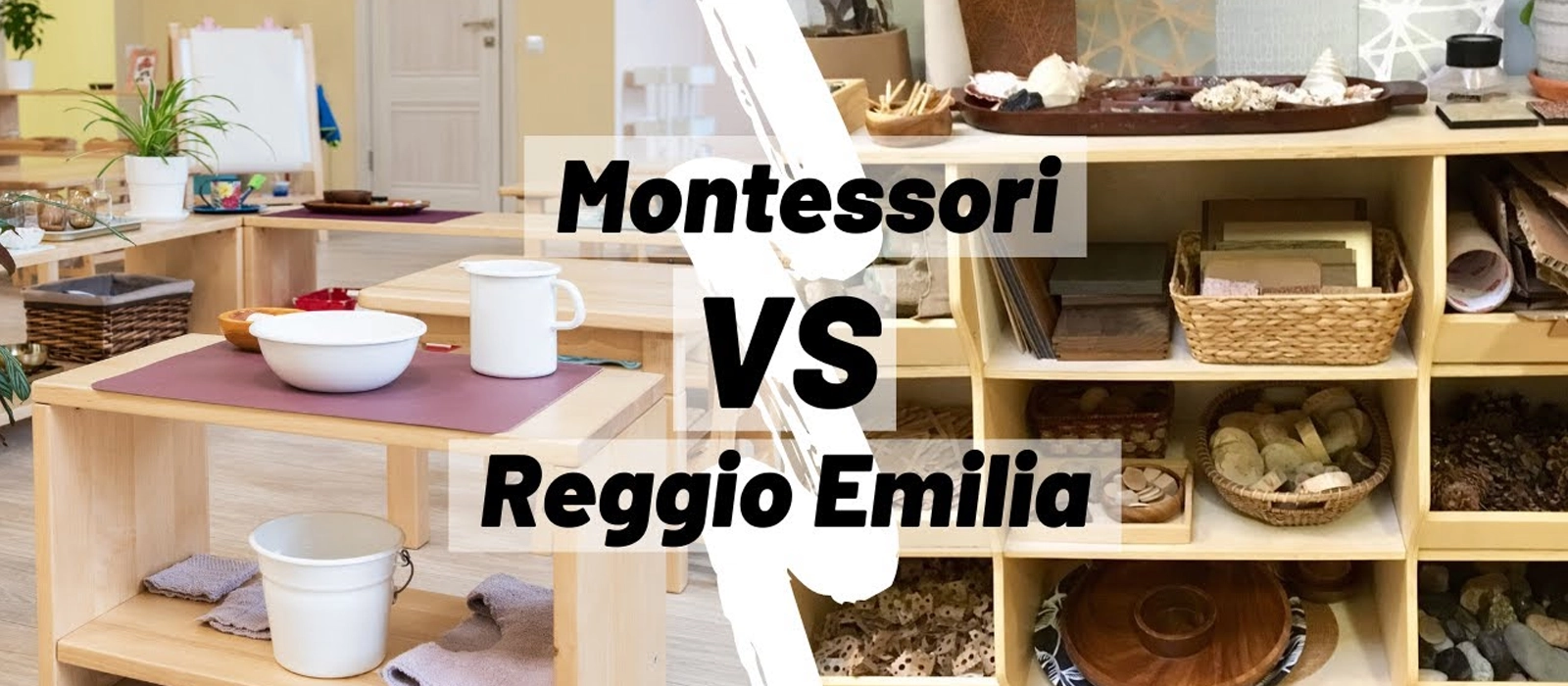
Differences between Reggio Emilia and Montessori
While both the Reggio Emilia and Montessori approaches share a commitment to high-quality, child-centered education, they diverge significantly in their foundational principles, execution, and classroom dynamics.
A key difference lies in the structure and flexibility of their curriculums. Montessori education is characterized by its structured approach, utilizing specific materials designed for self-directed learning within a prepared environment. This method promotes individual learning and development at the child’s own pace, with materials that cater to a broad spectrum of developmental stages.
Conversely, the Reggio Emilia approach is more fluid, emphasizing project-based, collaborative learning inspired by children’s interests. This method fosters a dynamic learning environment where the curriculum evolves based on the ongoing interests and questions raised by children, making each Reggio Emilia experience unique to its participants.

Another fundamental difference is in the role of the teacher. Montessori educators act as guides, observing and facilitating learning without direct interference, thus encouraging independence and self-discovery among students. In contrast, Reggio Emilia educators position themselves as co-learners and collaborators, actively engaging in the learning process alongside children and often working as researchers to document and interpret the learning journey.
Moreover, the physical setup of the classrooms reflects each philosophy’s ethos. Montessori classrooms are meticulously organized with distinct areas for different types of activities, each equipped with specific Montessori materials. These environments enhance focus and minimize distractions, allowing children to engage deeply with their chosen activities. On the other hand, Reggio Emilia environments are renowned for their aesthetic beauty and flexibility, incorporating natural materials and reflecting the children’s current projects and interests. These spaces are intended to provoke curiosity and encourage expression through various mediums.
In essence, while both approaches aim to foster a deep love of learning and respect for the child as an individual, they offer distinct paths toward achieving these goals. Montessori’s structured, individual-focused environment contrasts with Reggio Emilia’s collaborative, project-based learning atmosphere, each providing unique benefits and considerations for parents and educators in shaping children’s educational experiences.
What is the Reggio Emilia Approach to Learning?
The Reggio Emilia approach is a progressive, innovative educational philosophy emphasizing child-centered learning through exploration and discovery. It views children as capable, resilient, and rich with wonder and knowledge, encouraging them to use their powerful potential to understand the world around them.
Key Principles and Philosophy of Reggio Emilia
Child as a Protagonist
Children are seen as active participants in their learning, capable of expressing their thoughts and ideas.


Environment as the Third Teacher
Classrooms are designed to be beautiful, engaging spaces that encourage exploration and creativity.
Emphasis on Collaboration
Learning is a collaborative social process that involves children, educators, and parents.
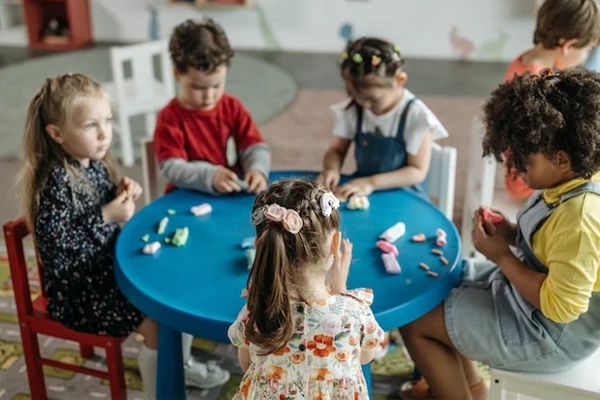
History | When Was the Reggio Emilia Approach Founded?
The Reggio Emilia approach was developed in the aftermath of World War II by educator Loris Malaguzzi and parents in Reggio Emilia, Italy. It responded to the desire for new, progressive educational methods that would foster a culture of respect, responsibility, and community among children.
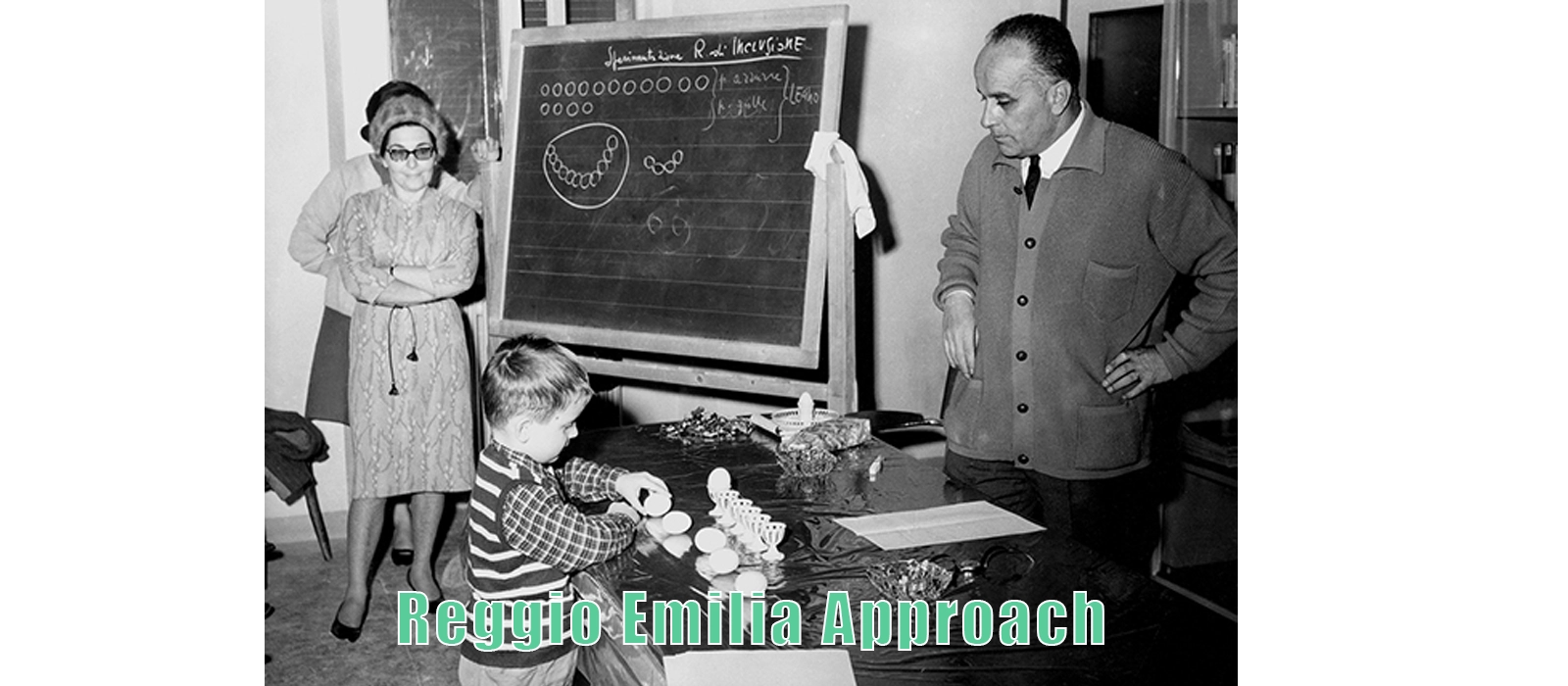
Advantages of the Reggio Emilia Approach
- Fosters strong communication skills.
- Encourages creativity and critical thinking.
- Highly personalized learning experience.
Disadvantages of the Reggio Emilia Approach
- It may lack the structure some parents seek.
- Less emphasis on traditional academic skills.
What Does a Reggio Emilia Classroom Look Like?
Classrooms are dynamic, adaptable environments filled with natural light, real plants, and materials that reflect the interests and ongoing projects of the children.
The Role of the Teacher | What is the Role of the Teacher in Reggio Emilia?
Teachers are co-learners and collaborators, guiding the learning process through observation and providing resources that align with the children’s interests.
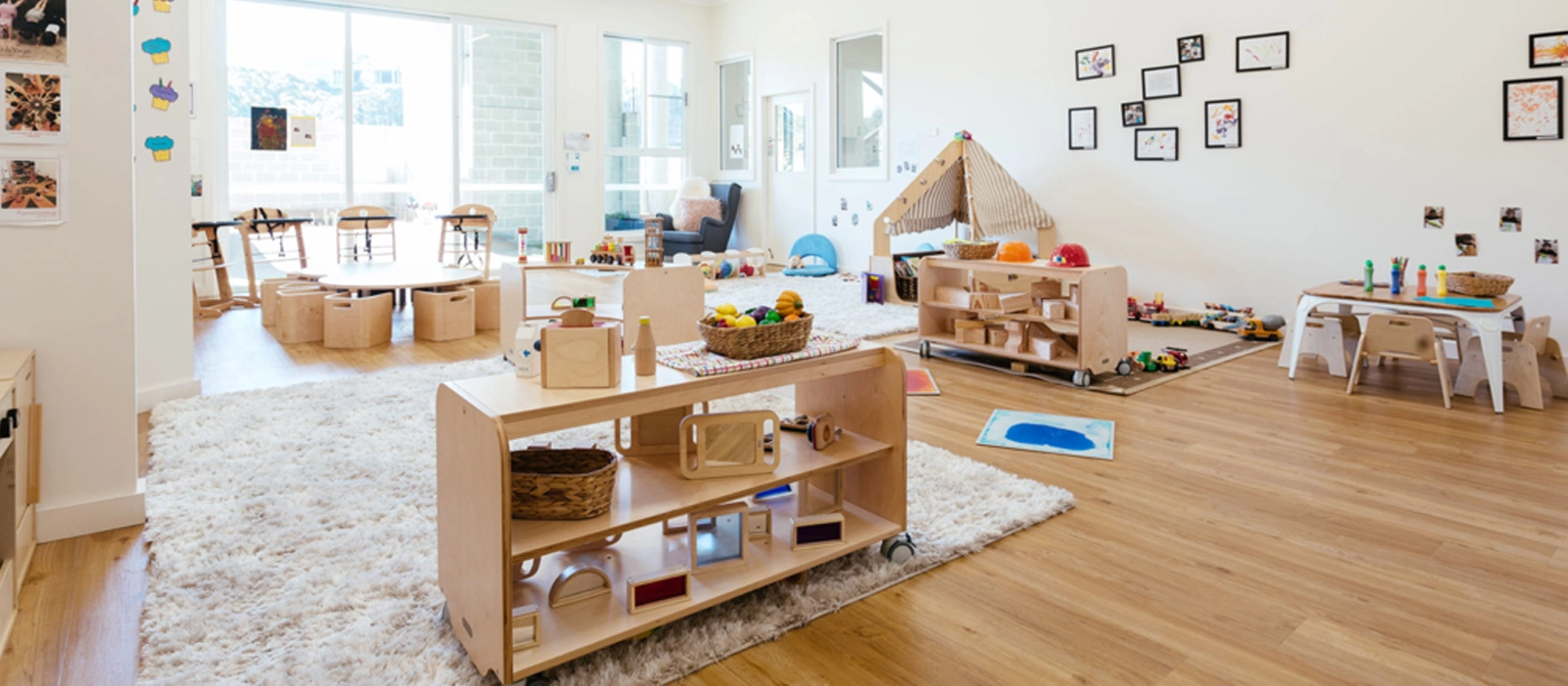
What is the Montessori Approach to Learning?
The Montessori method is an educational philosophy that emphasizes independent, self-directed learning in a carefully prepared environment. It supports the natural development of children with a focus on developing their potential.
Founded by Dr. Maria Montessori in the early 20th century, this approach utilizes specially designed materials and a structured environment to facilitate learning. The Montessori philosophy is built on the idea that children learn best when engaged in activities that interest them, guided by their innate curiosity. This method encourages hands-on, experiential learning and fosters students’ independence, self-esteem, and a lifelong love for learning. By allowing children to explore and learn at their own pace, Montessori education seeks to cultivate academic skills and social, emotional, and practical life skills.
The Montessori approach to learning champions independent, self-guided exploration within a structured environment that nurtures the child’s natural development and potential. This educational philosophy leverages individualized learning paths, hands-on experiences, and a supportive atmosphere to foster a comprehensive skill set in young learners, preparing them for lifelong success.
Principles and Philosophy of Montessori Education

Prepared Environment
Classrooms are designed with specific materials for children to learn through hands-on experience at their own pace.
Independence
Children are encouraged to make choices and work independently, fostering self-discipline and individual growth.


Respect for the Child
Education is child-centered, respecting the natural psychological development of children.
History | When Was the Montessori Approach Founded?
Maria Montessori founded the Montessori method in the early 20th century, opening the first Casa dei Bambini (Children’s House) in Rome in 1907.

Advantages of the Montessori Approach
- Encourages self-discipline and responsibility.
- Supports individual learning styles.
- Develops a strong foundation in academic skills.
Disadvantages of the Montessori Approach
- Can be costly due to specialized materials and training.
- May not suit children who thrive in a more structured or group learning environment.
What Does a Montessori Classroom Look Like?
Montessori classrooms are orderly environments with educational materials arranged on low shelves, accessible to children. Each classroom area is dedicated to a specific aspect of the curriculum, such as practical life skills, sensory activities, language, mathematics, and cultural studies.
The Role of the Teacher | What is the Role of the Teacher in the Montessori Classroom?
Montessori teachers act as guides, observing children and introducing new materials and activities corresponding to each child’s development level and interests.
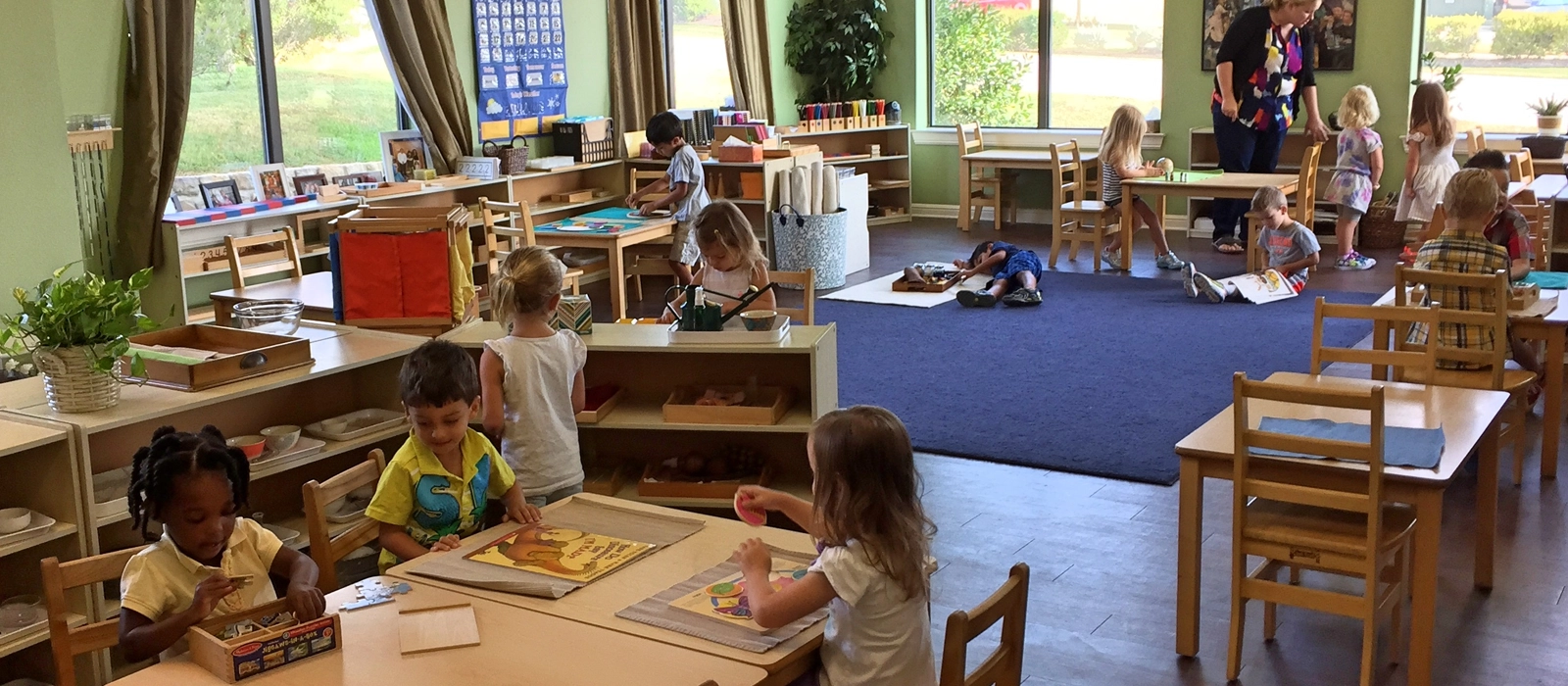
Similarities between Reggio Emilia and Montessori
While distinct in their approaches, both Reggio Emilia and Montessori share similarities:
- Child-centered philosophies.
- Emphasis on respect for the child’s potential and pace of learning.
- Environments designed to facilitate exploration and learning.

Reggio Emilia and Montessori, while adopting unique educational frameworks, intersect on fundamental values that champion a nurturing approach to early childhood education. Central to both is the belief in putting the child at the forefront of their educational experience, ensuring that learning environments are tailored to encourage self-guided discovery and respect each learner’s pace. This shared vision underscores their collective commitment to creating settings that support and enhance the natural exploratory learning process, affirming their dedication to empowering young learners to realize their full potential.
Factors to Consider When Choosing between Reggio Emilia and Montessori
- Your child’s learning style and personality.
- The value you place on creativity vs. structure.
- The importance of academic preparedness and traditional skills.
Selecting between Reggio Emilia and Montessori hinges on evaluating your child’s individuality, weighing the importance of imaginative freedom against structured learning, and prioritizing foundational academic skills. This choice shapes a learning path that resonates with your child’s inherent qualities and educational aspirations.
At a Glance: The Reggio Emilia Approach vs. The Montessori Approach
| Feature | Reggio Emilia | Montessori |
|---|---|---|
| Focus | Collaborative learning and creativity | Independent, self-directed learning |
| Environment | Reflective of children’s interests | Prepared with specific learning materials |
| Teacher’s Role | Co-learner and facilitator | Guide and observer |
Conclusion: Making an Informed Decision for Your Child’s Education
Choosing between Reggio Emilia and Montessori depends on understanding each approach’s philosophy, benefits, and limitations in the context of your child’s unique needs. Visit schools, observe classrooms, and speak with educators to feel each environment’s impact. Ultimately, the best choice aligns with your child’s individuality, fostering a love of learning and growth.
Considering the detailed comparison and insights provided, you can make an informed decision supporting your child’s educational journey and personal development.

